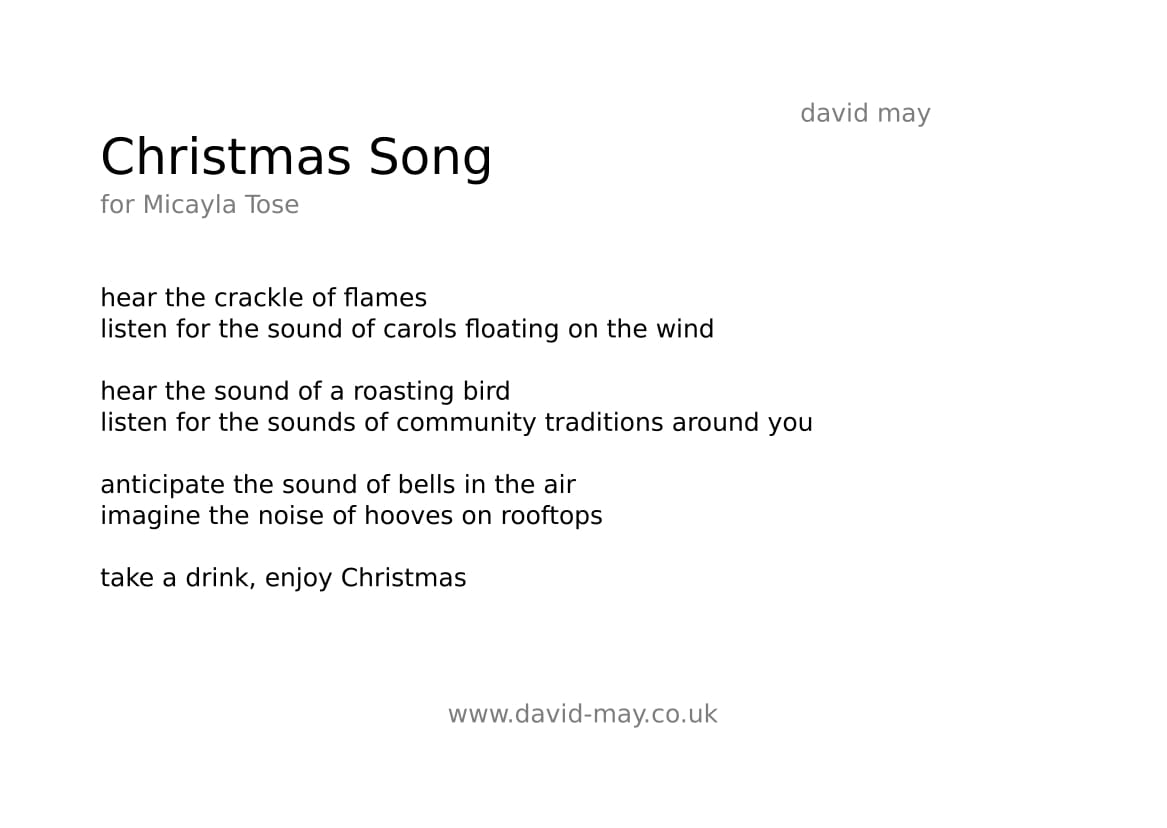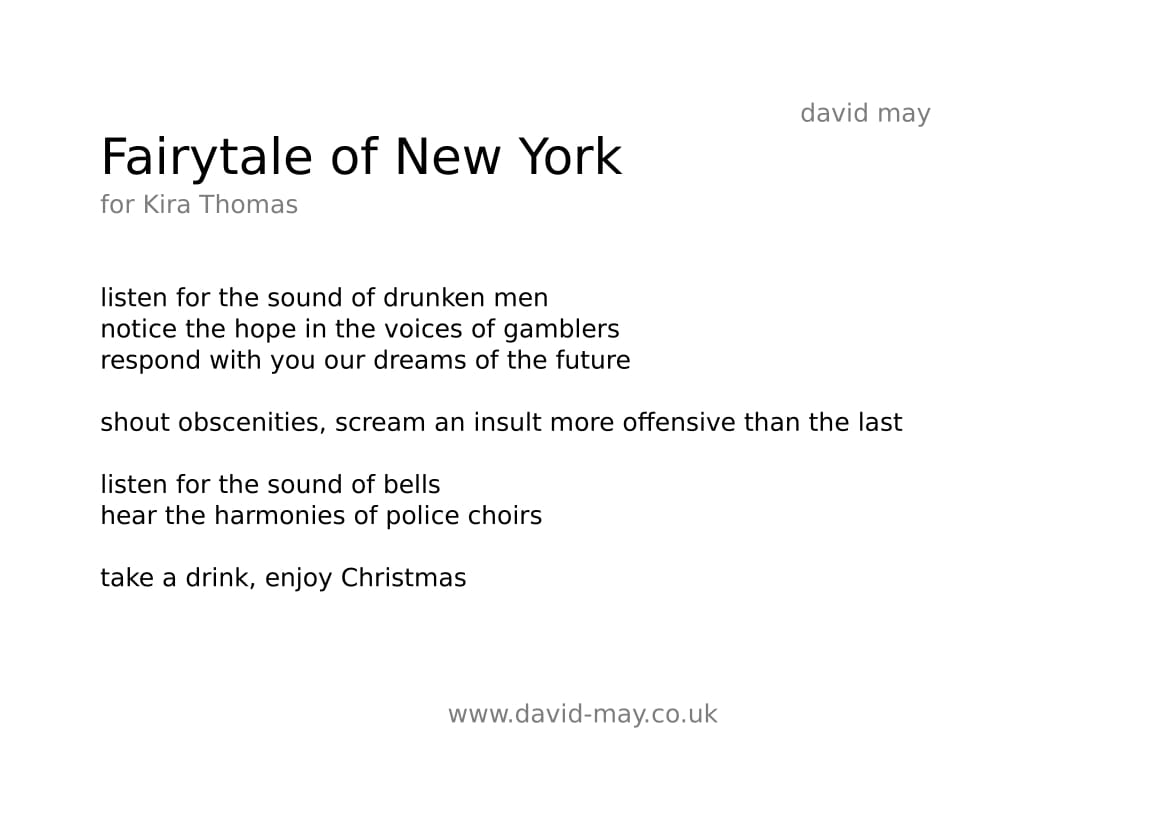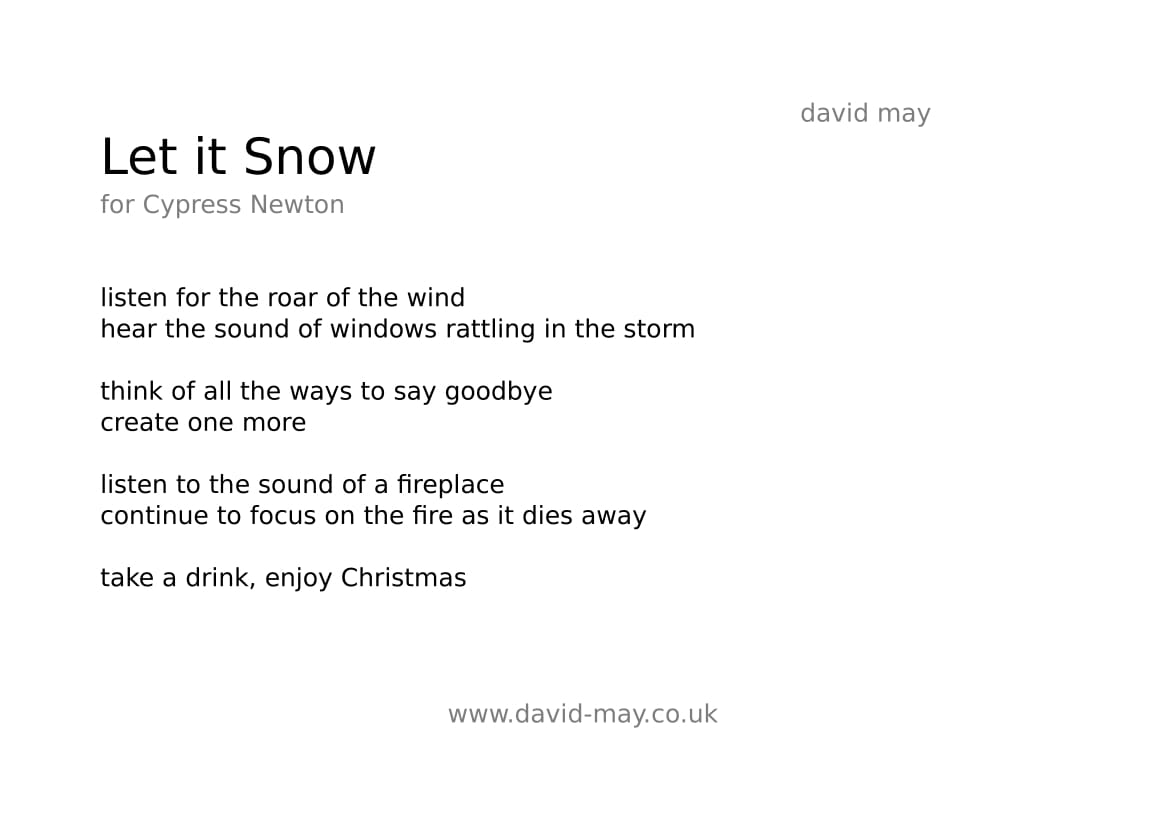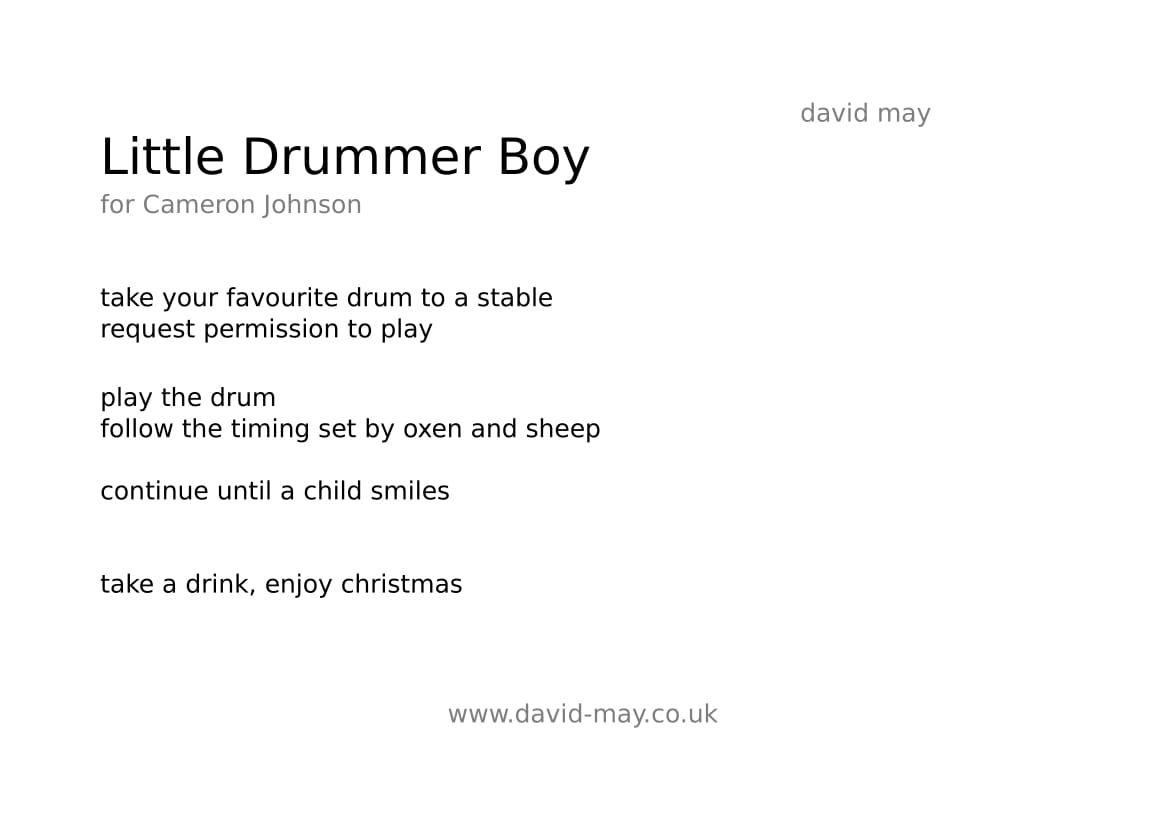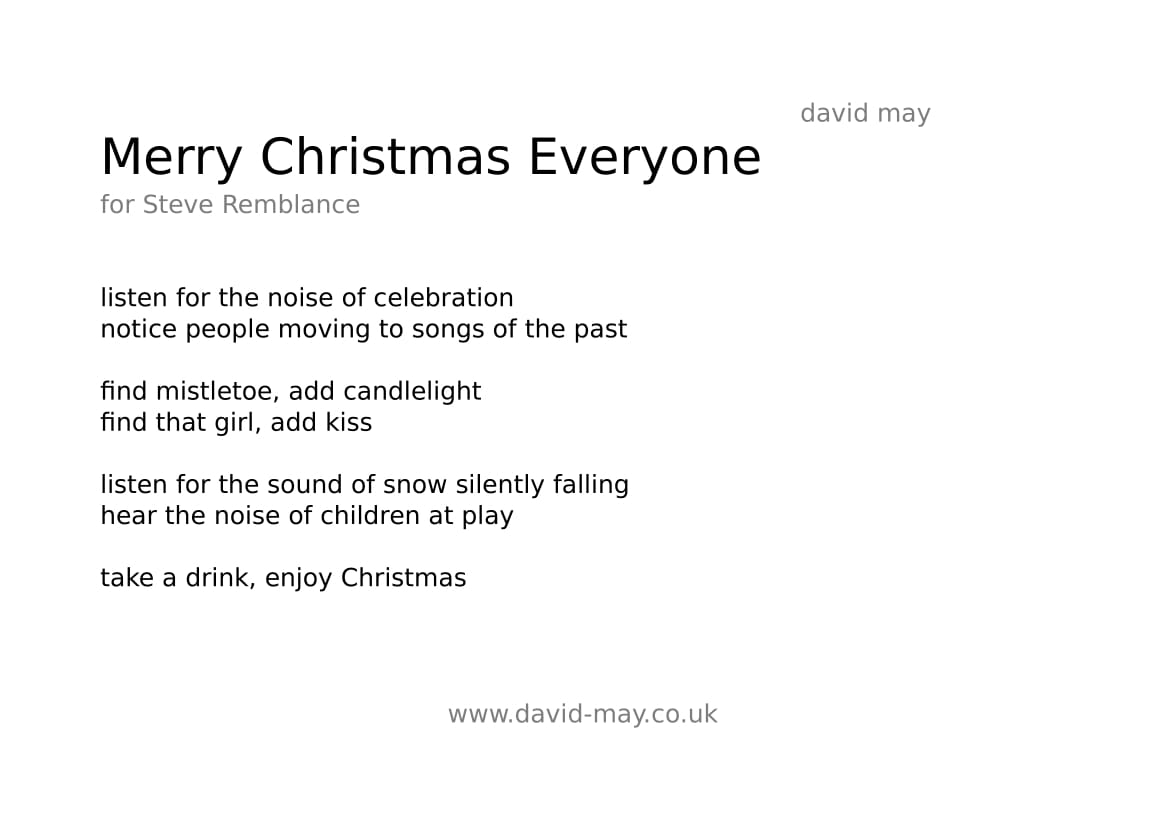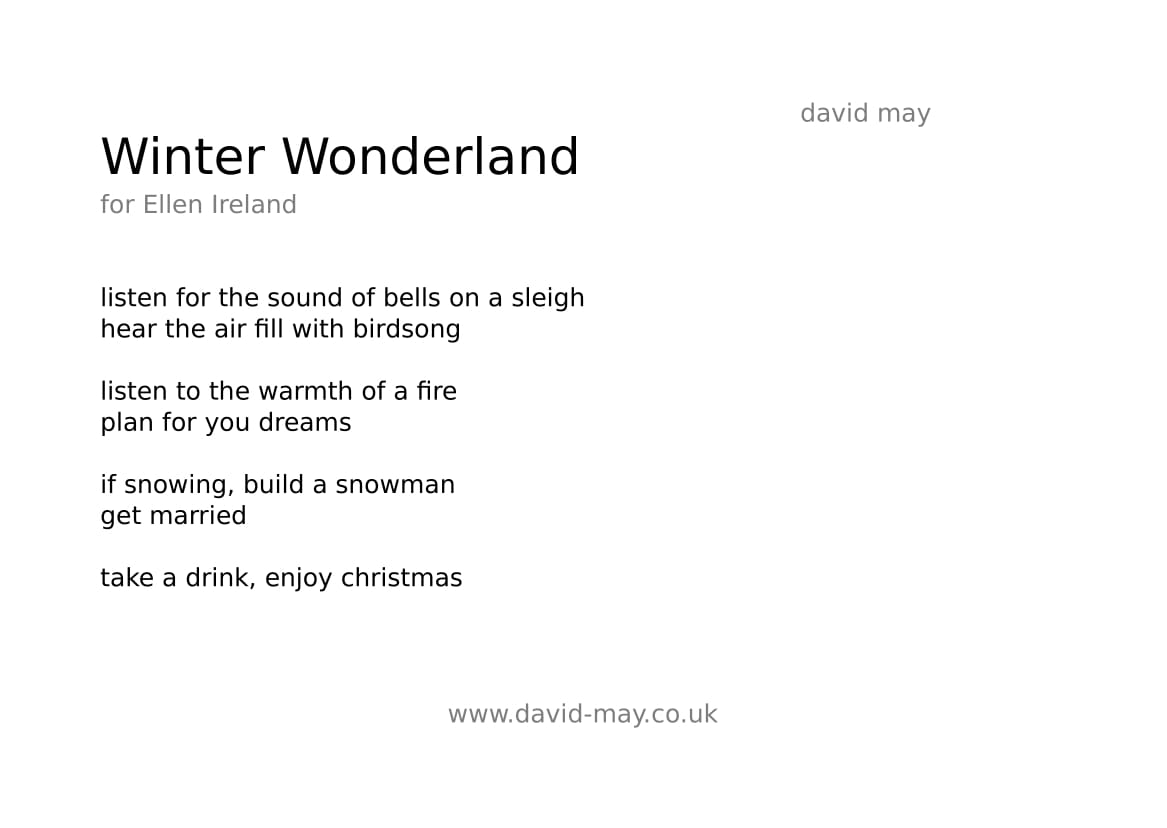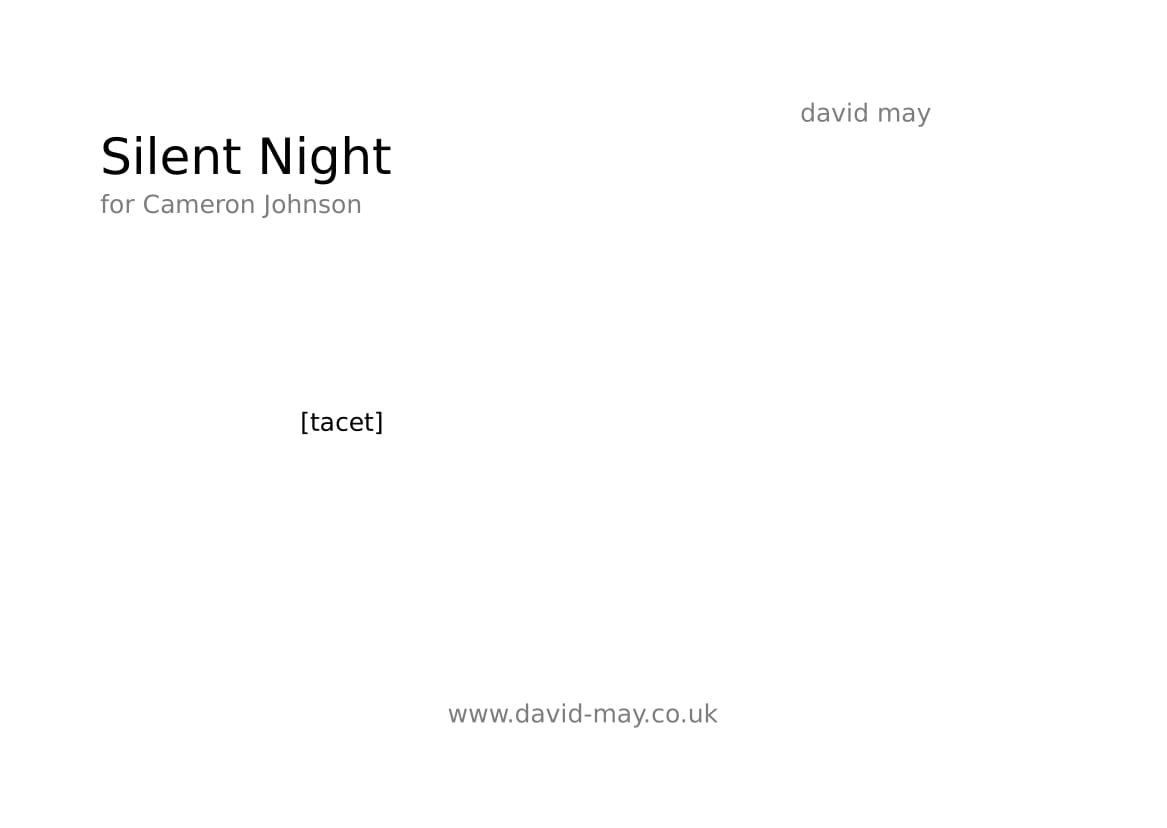Last week I had my Masters graduation. Ending one era and beginning to think forward to the next, I’ve been thinking A LOT about my own practice. Two key themes have stood out: how do we as composers/producers best gain consent from an audience when producing ‘uncomfortable’ music, and how can art help foster understanding and ‘getting to know’ a composer/performer. In the midst of these thoughts: Alice Fraser.
A fortunate turn of events (or unfortunate as they were created by illness) meant I was in London on the day Alice Fraser was recording her show Ethos. I’d first heard of her through The Bugle, a weekly satirical podcast. She was brilliant. Then I found her own podcast Tea with Alice - also brilliant. Then I listened to her trilogy of stand up shows: Savage, The Resistance, and Empire (which are all free podcasts as The Alice Fraser Trilogy). I’ve said before that I often write her about art I’ve fallen in love with and I already knew on the way to Ethos that a blog would likely follow. Alice Fraser produces the sort of work that makes be want to sit down with her and ask all sorts of questions. What was the process behind this? Why did you phrase it like that? How do you respond to this? It is thoughtful, intelligent, creative. It is good art.
As luck would have it, a twitter comment about part of her show led to a small discussion on twitter which was then summarised and expanded in places here. Both worth reading, and I’m going to do a similar thing from my side of the conversation here.
Brief Mentions
“we're all complicated people who use different voices in different spaces, and I don't want to be a larger than life character. I want to be myself, more or less.”
The distinction between ‘fans’ and ‘people who like my work’ is really nice. It’s nice to see an alternative to ‘artist as brand’.
I wanted to be able to do that bit at club nights in the middle of nowhere and have hyper-masculine blokes humming a consent anthem the next day.
Writing something in a way that can convey a message and carry that message out of the performance space - genius!
Audience Consent
Those who know my recent work also know how important audience consent has been. Words is my latest piece and uses different types of literature discussing sex and relationships. The six movements and their texts were: Choice Words, Erotic Fan Fiction; Sacred Words, Song of Songs; Community Words, Yahoo Answers posts; Professional Words, Agony Aunt Columns; Policy Words, Government Sex and Relationship Education Guidelines; Medical Words, Grey’s Anatomy - first edition. These words then spoken (I will write more about the workings of the piece when there is a recording to share) cover love, erotica, abuse, worry, confusion and many more themes. At some points it is subtle and at some points, particularly where yahoo internet trolls become involved, it is blunt and vulgar.
With this in mind a good portion of the piece’s performance directions are about being clear with audiences and performers about the nature of the piece. I aimed to have gained audience consent to these themes before the piece started.
Alice Fraser has created shows that directly ask the audience for consent to discuss uncomfortable content mid-show, and offers them the opportunity to leave. Her shows are even structured in such a way that if you do leave at these points you will still have experienced something that structurally works as a completed form. I find the idea of giving the audience a level of control in order to bring them with out on the journey fascinating. I’d love to explore this more within my own work, but equally am unsure if music (even my contemporary music) works like that. Comedy has an interactivity within it that concerts do not. Although, we’ve created a more interactive experience between composer and performer. Why not audiences too?
The other thing that particularly interested me was only briefly mentioned…
“I wanted it to map my own experience”
I don’t want to spoil the content of any of her shows. So I’m being deliberately vague in saying that Savage maps her experience in a unique way and that the audience consent discussed in the tweets contributes to this. But, it maps her experience really well. With my series For… I’ve sought to write pieces unique to people. In There will be Dread we sought to create stories interactively for people. But in Savage, and The Alice Fraser Trilogy in general, the audience is taken on a journey that portrays her experiences. And in some small way captures them in a microcosm. I’m currently thinking about how my music can be used to portray a performer’s personality, or an aspect of a community or location. I have many thoughts, and nothing concrete yet. But I know I will be listening to the trilogy again as I develop them further.
If you’re new here
and you’ve read this far, thank you. I hope you enjoy what you see and hear throughout the site. I’m a composer creating art and music using text, amongst over things. If you find it interesting or have questions feel free to get in touch. If you’re interested to hear more about Words let me know- there is a score available, in PDF and book (yes, a literal book) form. I’ll be blogging more about it as I create a recording but I have no set date for that, so feel free to use my contact form or twitter if it piques your interest.
Finally. If you were at the Ethos gig (or if you’re Alice Fraser). Yes, it’s still stuck in my head and its been nearly a week.


